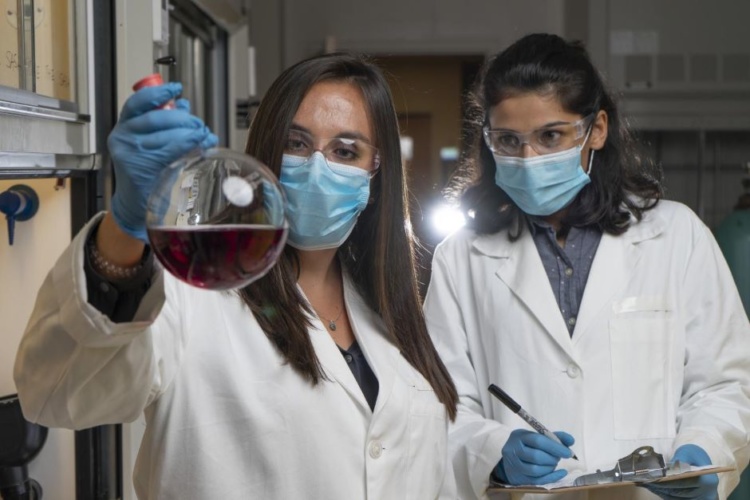
This is the claim of researchers from the Georgia Institute of Technology, Imperial College London, and ExxonMobil whose lab tests suggest the polymer membrane could replace some conventional heat-based distillation processes. A paper detailing the team’s work is published in Science.
Aquaporins inspire graphene-oxide membrane
According to Georgia Tech, fractionation of crude oil mixtures using heat-based distillation is a large-scale, energy-intensive process that accounts for nearly one per cent of the world's energy use. By substituting the low-energy membranes for certain steps in the distillation process, the new technology could allow the implementation of a hybrid refining system that may possibly help reduce carbon emissions and energy consumption compared to traditional refining processes.
"Much in our modern lives comes from oil, so the separation of these molecules makes our modern civilisation possible," said M.G. Finn, professor and chair of Georgia Tech's School of Chemistry and Biochemistry. "The scale of the separation required to provide the products we use is incredibly large. This membrane technology could make a significant impact on global energy consumption and the resulting emissions of petroleum processing."
Membrane technology is already widely used in such applications as seawater desalination, but the complexity of petroleum refining has until now limited the use of membranes. To overcome that challenge, the research team is said to have developed a novel spirocyclic polymer that was applied to a robust substrate to create membranes that separate complex hydrocarbon mixtures through the application of pressure instead of heat.
Using a well-known process for making bonds between nitrogen and carbon atoms, the polymers were constructed by connecting building blocks having a kinked structure to create disordered materials with built-in void spaces.
The team balanced a variety of factors to create the right combination of solubility, which enables membranes to be formed by simple and scalable processing, and structural rigidity, which allows some small molecules to pass through more easily than others. The researchers found that the materials needed a small amount of structural flexibility to improve size discrimination, as well as the ability to be slightly ‘sticky’ toward certain types of molecules that are abundant in crude oil.
After designing the novel polymers and achieving some success with a synthetic petrol, jet fuel, and diesel fuel mixture, the team tried to separate a crude oil sample and discovered that the new membrane was quite effective at recovering petrol and jet fuel from the complex mixture.
"We were initially trying to fractionate a mixture of molecules that were too similar," said co-author Ben McCool, a senior research associate at ExxonMobil. "When we took on a more complex feed, crude oil, we got fractionalisation that looked like it could have come from a distillation column, indicating the concept's great potential."
The researchers worked collaboratively, with polymers designed and tested at Georgia Tech, then converted to 200nm thick films, and incorporated into membrane modules at Imperial using a roll-to-roll process. Samples were then tested at all three organisations.
"We have the foundational experience of bringing organic solvent nanofiltration, a membrane technology becoming widely used in pharmaceuticals and chemicals industries, to market," said Andrew Livingston, professor of chemical engineering at Imperial. "We worked extensively with ExxonMobil and Georgia Tech to demonstrate the scalability potential of this technology to the levels required by the petroleum industry."




Glasgow trial explores AR cues for autonomous road safety
They've ploughed into a few vulnerable road users in the past. Making that less likely will make it spectacularly easy to stop the traffic for...